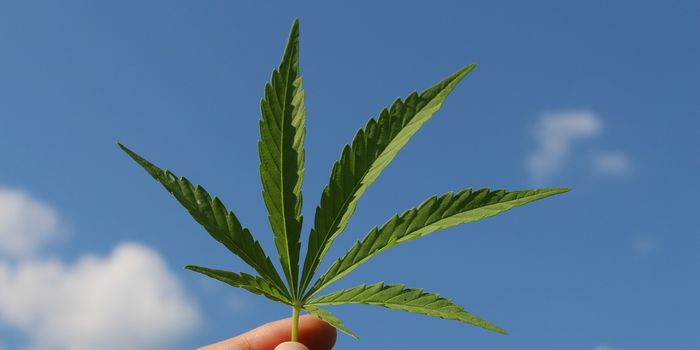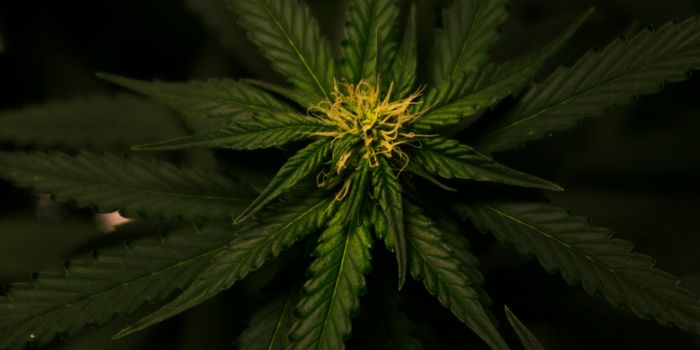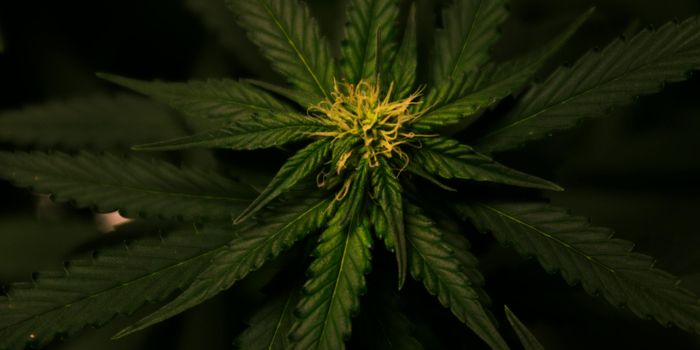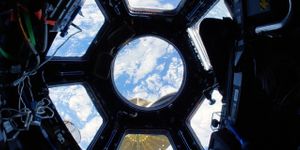Many Sea Birds Mistake Plastic for Food, and Here's Why
All kinds of animals are exposed to dangerous plastics during any point in their lives. Litter and debris that can be left floating in the water, or washed up on beaches, often becomes a snack for seabirds or even fish.

Scientists have long wondered why animals choose to eat plastic, considering it has no flavor or nutritional value, but a new study in the journal Science Advances may shed some light on this ongoing question.
Although seabirds probably don’t think to themselves, “Oh boy! That looks like some fine and delicious plastic,” they likely do get attracted by the scent.
“It’s important to consider the organism’s point of view in questions like this,” said lead author Matthew Savoca, who performed the study. “Animals usually have a reason for the decisions they make. If we want to truly understand why animals are eating plastic in the ocean, we have to think about how animals find food.”
Many kinds of plastic are used to package food, whether it’s fish, meat, crumbs from the leftover chips at the bottom of the bag, or something else. On the other hand, birds are particularly attracted to smaller plastics that are easy to swallow, and these will remain in the birds' stomach for a lifetime, eventually becoming lethal when too much is consumed.
Another scent, in addition to food smells, seems to attract seabirds. The scent originates from a type of chemical released by algae known as dimethyl sulfide (DMS). This chemical literally coats any plastic that floats in the ocean water, and this scent just happens to attract birds.
To test this theory, Savoca and his team created sample sacks of three different kinds of plastics: high-density polyethylene, low-density polyethylene, and poly-propylene. These sacks would prevent the plastic from escaping into the ocean, where they would be testing their theory without adding to the growing plastic pollution problem.
Three weeks later, they collected their plastics and analyzed them in a special machine that could detect DMS. Sure enough, it seems the three weeks in the ocean were enough to give the plastic the smell that supposedly attracts seabirds.
The researchers found birds that track the scent of DMS were more likely to go after the plastics than birds that don’t, proving that there’s a link between DMS and plastic consumption in birds.
Many of these species of birds reportedly nest in underground burrows, often overlooked by science when taking plastic consumption into account. The researchers conclude that these often forgotten about bird species are the ones that are most at risk for eating plastic.
Source: University of California








